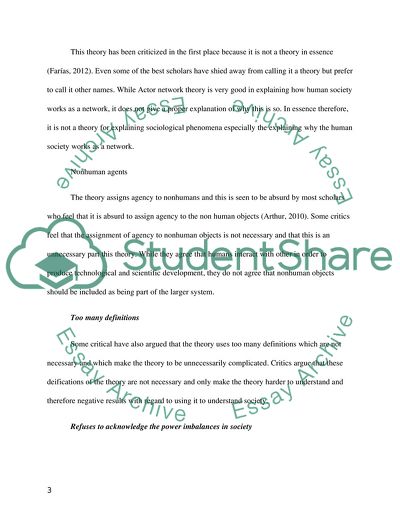Cite this document
(Theory of Structuration and Actor-Network Theory Essay Example | Topics and Well Written Essays - 2500 words, n.d.)
Theory of Structuration and Actor-Network Theory Essay Example | Topics and Well Written Essays - 2500 words. https://studentshare.org/sociology/1857197-theory-of-structuration-and-actor-network-theory
Theory of Structuration and Actor-Network Theory Essay Example | Topics and Well Written Essays - 2500 words. https://studentshare.org/sociology/1857197-theory-of-structuration-and-actor-network-theory
(Theory of Structuration and Actor-Network Theory Essay Example | Topics and Well Written Essays - 2500 Words)
Theory of Structuration and Actor-Network Theory Essay Example | Topics and Well Written Essays - 2500 Words. https://studentshare.org/sociology/1857197-theory-of-structuration-and-actor-network-theory.
Theory of Structuration and Actor-Network Theory Essay Example | Topics and Well Written Essays - 2500 Words. https://studentshare.org/sociology/1857197-theory-of-structuration-and-actor-network-theory.
“Theory of Structuration and Actor-Network Theory Essay Example | Topics and Well Written Essays - 2500 Words”. https://studentshare.org/sociology/1857197-theory-of-structuration-and-actor-network-theory.


